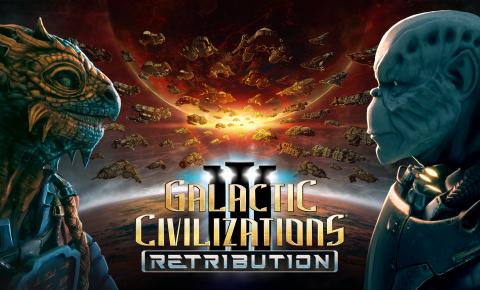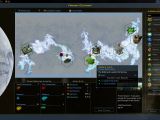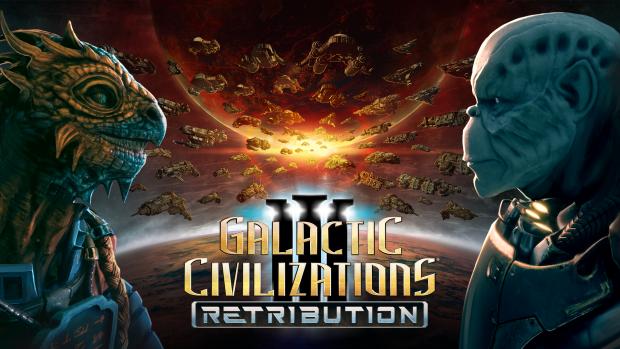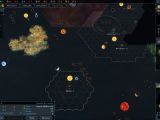Stardock's Galactic Civilizations III had a good run, but this year's expansion might mark its retirement. After 10 DLCs and 4 major expansions, it would probably be a good idea to move to a completely new setting, or simply stop doing iterations of the same thing.
The original Galactic Civilizations III game made its debut back in 2015 and received generally positive reviews from critics and players alike. Obviously, that's one of the main reasons there are so many DLCs and expansions that add more or less meaningful content to the series.
Retribution is the name of the fourth, and probably last, of Galactic Civilizations III's major expansions. It's meant to give fans of the series closure and an ending to the Drengin vs. Humans. Of course, Retribution doesn't just adds a new campaign, but it also brings significant improvements that somewhat change aspects of the game.
If you're looking for a good story, Retribution is quite decent in regards with this aspect, but don't come with too many expectations to avoid disappointment. Retribution's campaign is split into four scenarios that will allow you to meet two new playable factions – the Drath and the Korath.
Depending on your playstyle, you may like one or the other since they play and feel quite differently. If you favor diplomacy over war, you'll love the Korath, but for those who prefer conflict, the Drath are the perfect race to play with.
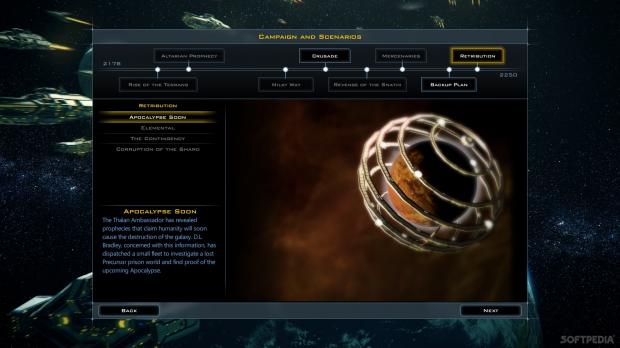


Galactic Civilizations III: Retribution's campaign offer optional objectives that usually involve completely eradicating the opponent, but the addition of Hypergates makes it slightly easier to finish the story scenarios.
Hypergates are a new addition to the Galactic Civilizations universe and enables players to send huge armadas from one part of the galaxy to the other in just one turn. They are built by special ships in the same way that Constructor ships build Starbases, only that these special ships can reach every corner of the map, just like your survey vessels.
These Hypergates are Precursor technology and, along with the new Artifacts added in this expansion, will give your faction powerful abilities that wouldn't have access to otherwise. In campaign scenarios, these Hypergates drastically lower the time needed to complete your objectives, especially if you don't want to complete the optional ones.
I did like the decision to allow players to play the story campaign for as long as they feel it's necessary, or cut it short and find out what really happens with the Drengin Empire. Speaking of story, Retribution opens up quite intriguing, as your fleet is sent in the Drengin territory to investigate a planet where a powerful Precursor artifact may be buried. This is where you meet the two new races for the first time, the Drath and the Korath, and you're allowed to choose to ally with one or the other.
Another interesting aspect that plays a very important role in space 4X strategy games like Galactic Civilizations is research of new technology. Retribution completely overhauls the tree technology to make more sense and clearer what you need to research to obtain a certain ability or power for your faction.
Some objectives require that you own certain ships that will only be unlocked after certain technologies are researched. It's important to browse the tree technology and see what each will unlock and then make a long-term plan to beat the scenario. I didn't do that the first time I played the campaign and it took me longer to complete the objectives, but once you understand that you need certain ships to conquer planets and Hypergates to drop your fleet behind enemy lines, it all becomes very easy.
Retribution does bring some new things to the Galactic Civilizations universe, but it's more like an evolution of the game rather than an innovation. Everything is more streamlined and simply better, including voice acting, animations and the UI.
One things that I liked about Retribution is that it offers a myriad of customization options. Also, even though there many ways to achieve victory, it's very important to set up your strategy early on and stick with it if the opponent lets you. The main challenge is to identify the tools that will get you through the end of a scenario faster and easier.
The Good
- New technology tree, artifacts and Hypergates
- Varied customization options
- Multiple winning strategies
The Bad
- Uninspired story
- Too short
- It's more of the same
Conclusion
The new gameplay features added are just a bonus meant to make the journey more pleasant. With Retribution, Stardock offers fans of the franchise the ending that they wanted all along. Whether they will like it or not, it's just a matter of taste.
Retribution is definitely worth playing and if you heavily invested in the game, you'll most likely find some enjoyment revisiting the Galactic Civilizations universe, just don't expect too many great things, and ceartainly nothing revolutionary.
 14 DAY TRIAL //
14 DAY TRIAL // 